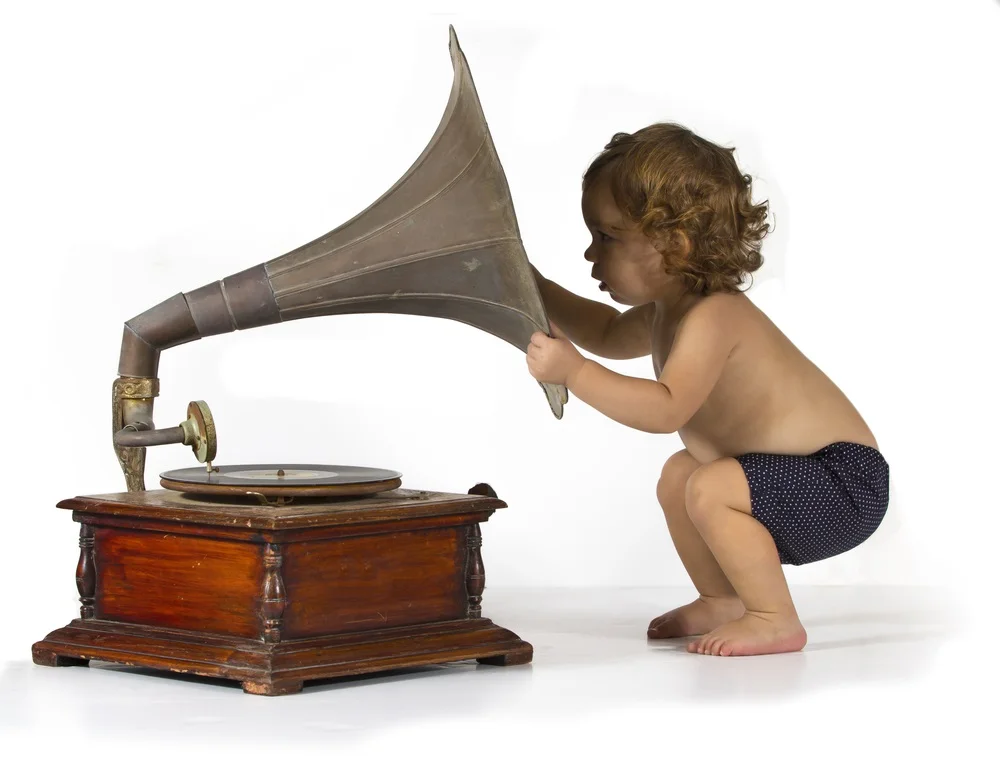In a previous post I wrote about 7 worst ways to open a presentation, so this post will give you some ideas about some of the best ways to capture your audience’s attention from the beginning of your talk. During the first 30-60 seconds of your presentation, your audience will decide whether they like you and are interested in listening to what you have to say. It’s a very short time to draw people in and it’s important to ensure that you don’t waste those first few precious moments to effectively engage them. Here are 9 attention grabbing ways to open your presentation:
Stories
A good story has the power to take your audience on a journey. They connect emotionally with people and are very memorable. As I wrote about here, they help your presentations to sizzle. Opening your speech with an interesting, well told and relevant story is a great way to engage your audience from the beginning, ensuring they identify with you on a personal level.
Question
Asking a question, whether rhetorical or not, immediately involves people as they have to take a moment to think. Questions can encourage your audience to participate and make them more receptive to your message. Just remember to ensure that your question or questions are relevant to your topic.
Quotes
Quotes are another good option for getting people thinking. Referencing the thoughts of an expert in the topic you are about to speak about allows you to impart wisdom on your audience and create a transition to your own thoughts on the subject. Once again, ensure that it is relevant. Explain how it connects with your talk and why it is significant.
Statistics
Depending how you use them, statistics can be either incredibly boring or a fantastic way to engage your audience, particularly if they are shocking or interesting. They can give people a frame of reference and lend credibility to what you are saying. Often they can be emotional which ensures they are more memorable. Be careful to help the audience understand them by putting them into context and in a way that makes sense and explain why they are important.
Jokes
Humour can loosen up the audience and make them receptive to you and your message. However, a word of warning: a bad joke can be worse than no joke at all. Make sure you have thoroughly researched your audience and that any jokes you use are appropriate; what one person might find funny, someone else may not. If, like me, you are not naturally funny, it is probably best to avoid joking in your opening remarks!
Imagine
Starting with the word ‘imagine’ and then describing a scenario in vivid detail is like telling a story except that you are asking the audience to create the scene in their own mind. This can be an excellent way to engage them from the beginning of the speech and can be particularly effective if you suddenly change course with the scenario. For example, your audience might be imagining swimming in a beautiful blue ocean filled with colourful coral and exotic fish and then you ask them to imagine the impact of 3 million barrels of oil pumping into that environment…
Surprise
Incorporating the element of surprise is a fantastic way to start a speech and capture your audience’s attention right from the start.
In a recent speech competition (which I won!), I started my speech by not saying anything at all. I just stood centre stage, focused on the audience and counted off 7 seconds on my fingers before explaining the significance of 7 seconds. Doing something completely unexpected piqued their curiosity and by being almost completely still the audience’s attention was entirely focused on me as they watched my fingers counting the seconds and waited to hear what I had to say.
In another speech I started by singing a line from an award winning musical which also worked because my audience wasn’t expecting it and they were intrigued to find out more.
Years ago I watched a winning speech in the Toastmasters International Speech Contest where the speaker J. A. Gamache blew a whistle and shouted ‘All aboard!’ before launching into his speech. It was a great way to begin his story and immediately transport the minds of his audience to a train journey (he used the same technique at the end of his speech which signalled that the speech was complete and that he had returned to where he started). You can view the speech and an excellent critique of it here.
---------
Regardless of what technique you use to open your presentation, the key is to ensure that you build rapport with your audience and make them interested to hear more from you. And whatever method you choose, it must be appropriate and relevant to the topic and your talk or you’re in danger of losing the audience you worked so hard to connect with as you move into the body of your speech.
Mel Sherwood is a Presentation Skills and Personal Impact Speaker and Founder of The RED Effect™. She works with ambitious business leaders, teams and individuals who want to express themselves with confidence, credibility and charisma. An Australian based in Scotland, Mel is an award-winning speaker, author and coach and combines over 25 years’ experience in business with a background as an actor, presenter and singer.


